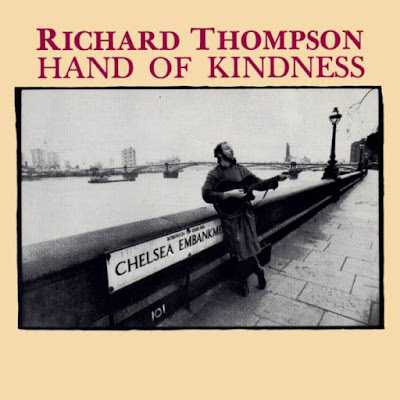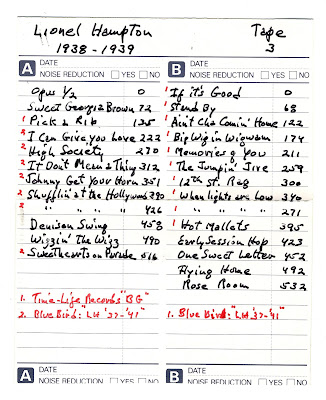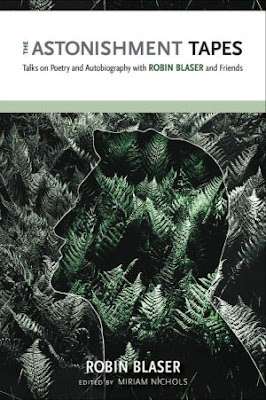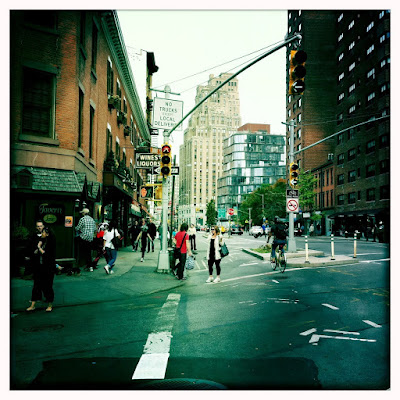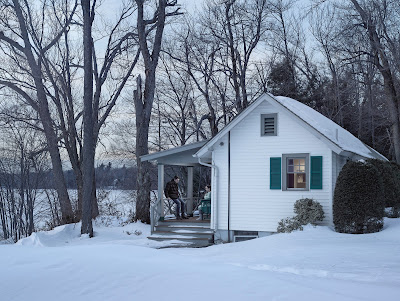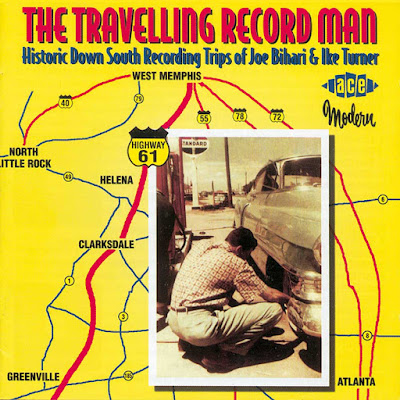 A 19th century Gnawa musician
A 19th century Gnawa musician
Wikipedia -"Gnawa music is a rich repertoire of ancient African Islamic spiritual religious songs and rhythms. Its well preserved heritage combines ritual poetry with traditional music and dancing. The music is performed at 'Lila's', entire communal nights of celebration, dedicated to prayer and healing, guided by the Gnawa Maalem and his group of musicians and dancers. Though many of the influences that formed this music can be traced to
sub-Saharan West-Africa, its traditional practice is concentrated in
Morocco and the
Béchar Province in South-western
Algeria. ... Gnawa music is one of the major musical currents in Morocco. Moroccans overwhelmingly love Gnawa music and Gnawas 'Maalems' are highly respected, and enjoy an aura of musical stardom. ..."
Wikipedia
Claude McKay and Gnawa Music

"A dancer whips her hair and lifts and drops her chest as the thwacking bass sound of the
sintir fills the air. There are cries of 'Ifriqiya!' and 'Kandisha!' The musicians call out the names of different saints and spirits and ask for healing as a soprano sax sounds over the vocals. The dancer lights two sticks on fire and begins passing the flames over her bare torso. The metal castanets beat faster, the dancer’s hennaed arms point upward, and she begins to spin and spin, the flames swirling around her head. The percussion stops—she drops to her knees, throws her head back, and pushes a flaming stick deep into her throat, extinguishing the fire with her lips. The restaurant crowd cheers loudly. The dancer walks “offstage,” and the waiters bring platters of food to the customers. These kinds of Gnawa music shows can now be seen regularly in New York City, if not always with the fire-eating—in Times Square, at music spots in Harlem, Latin clubs in Queens, impromptu jam sessions in Central Park. ..."
New Yorker
Feature: Gnawa Music of Morocco

"Dr. Chouki El Hamel received his doctorate from the University of Paris-Sorbonne in January 1993. ... He is currently finishing his book,
“Black Morocco: A History of Slavery, Race, and Islam” He contributed this essay to Afropop Worldwide for the program
African Slaves in Islamic Lands. Westerners who have visited Morocco have likely encountered Gnawa musicians. In the coastal Atlantic town of Essaouira, where an annual festival of Gnawa music takes place, and in Marrakesh, at its spectacular central square called Jamaa el-Fna. The colorful gowns and caps of Gnawa musicians, covered with cowry shells, coupled with the distinct sound of their instruments – metallic castanets, heavy drums and a three-stringed bass lute (
guembri) – provide both visual and audio confirmation of the Gnawa presence. ..."
World Music Productions (Video)
“There is Nothing Like This Festival”
"It’s late afternoon on the Atlantic Coast and a lazy wind is rolling in, weaving between surfboards and mint tea. I’m with a group of new friends in a café in Essaouira, Morocco. We’re all here for a unique world music festival, and I’m trying to figure out if this heady beach party is by Moroccans for Moroccans, or if it’s a watered-down experience Westernized enough for foreigners with deep pockets. 'It’s definitely for foreigners,' Walid, a twenty year-old student, tells me. It’s his second time attending the Gnawa Music Festival, this time with a group of dreaded friends in tow, all from the capital city of Rabat. ..."
Roads and Kingdoms
Morocco: Crossroads of Time (1995)
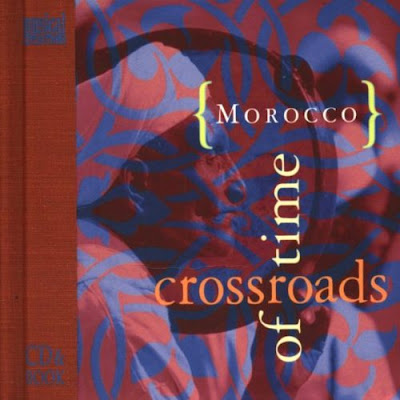
"Morocco has one of the world's richest cultural traditions, inspiring creative geniuses ranging from Henri Matisse and William S. Burroughs to Ornette Coleman and Jimi Hendrix. Listening to this album, it's easy to see why these artists were so fascinated with this mystical culture, whose geographical location on ancient trade routes led to the incorporation of elements of Asian, African, European and Middle Eastern musical traditions. Ten songs and two ambient recordings made in the bustling marketplaces at Fez and Marrakesh take listeners on an aural tour of this magical land, from Paul Bowles' 1959 recording of Abdelkrim Rais' Andalusian orchestral ensemble to Zoughari's hypnotic Gnawa rhythms to Guedra's Sufi-style healing chants. The package includes a mixed-media book with 64 pages of photos, cultural insights, and detailed track listings, making
Morocco: Crossroads of Time the most inexpensive ticket to an enriching Moroccan cultural experience you're likely to find."
allmusic
Discogs
amazom
[PDF] ]Moroccan Gnawa and Transglobal Trance - Penn Museum
YouTube: Morocco Gnawa Music Part 1,
Part 2,
Part 3,
Part 4,
Part 5,
Part 6,
Part 7,
Part 8,
Part 9,
Part 10,
Part 11,
Part 12,
Part 13,
Part 14,
Part 15,
Part 16,
Part 17,
Part 18,
Part 19

